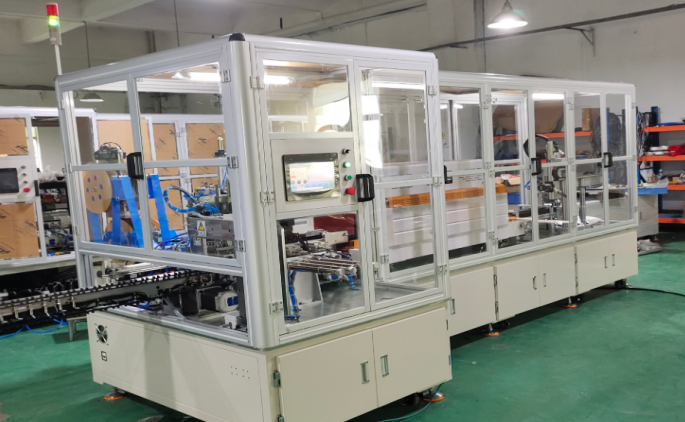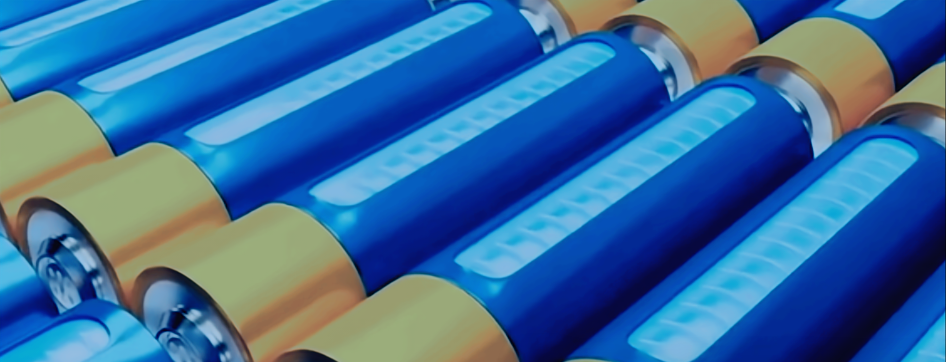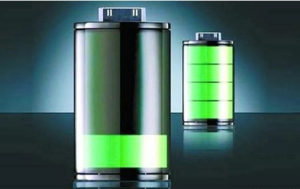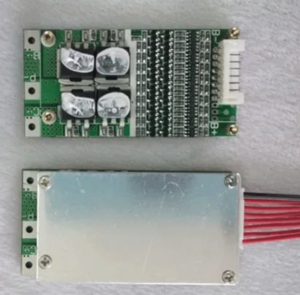In the external protection of lithium batteries during the manufacturing process of lithium batteries, the outer film of lithium batteries is an indispensable protective element. This article will introduce in detail the function, material, advantages and usage precautions of the lithium battery outer film.

1. The role of the outer film of lithium battery
The outer film of lithium battery is a special plastic film. Its main function is to protect the lithium battery from the influence of the external environment and prevent battery performance degradation or safety accidents caused by physical impact, temperature changes, humidity changes and other factors. The outer film can maintain the integrity of the electrolyte and electrodes inside the battery and prevent the intrusion of moisture, oxygen and other harmful substances, thereby extending the service life of the battery and ensuring the safety performance of the battery.
2. Material of outer film of lithium battery
At present, the common outer film materials of lithium batteries mainly include polyimide film (PI) and polypropylene film (PP).
1. Polyimide film (PI): This is a high-performance synthetic resin with the characteristics of high temperature stability, low specific gravity, good heat resistance, heat insulation, oxygen insulation, corrosion resistance and mechanical properties. The use of polyimide film in the outer coating of lithium batteries can effectively protect the battery from the external environment.
2. Polypropylene film (PP): It is also a commonly used plastic film material with good mechanical properties, heat resistance, insulation and chemical stability. The use of polypropylene film in the outer membrane of lithium batteries can effectively prevent the leakage of electrolyte inside the battery and the intrusion of harmful substances such as moisture and oxygen from the outside.
3. Advantages of lithium battery outer film
1. Thermal insulation: Both polyimide film and polypropylene film have excellent thermal insulation properties. This can prevent the battery from overheating to a certain extent and reduce safety risks caused by high temperatures.
2. Oxygen barrier: The outer film can effectively block oxygen from entering the inside of the battery, thereby preventing the battery from being damaged by oxidation.
3. Corrosion resistance: Both materials have high corrosion resistance to various chemical substances, including electrolytes, which can ensure that the battery will not be corroded during use.
4. High mechanical strength: The outer film of lithium battery has good mechanical strength and toughness, which can effectively prevent the battery from rupture due to external forces such as extrusion and puncture during use.
5. Automatic sealing: Using polyimide film or polypropylene film as the outer film of lithium battery can achieve automatic sealing, simplify the production process, and reduce production costs and labor costs.
6. Environmentally friendly: The outer film material of lithium battery is degradable, environmentally friendly, and conforms to the concept of green environmental protection.
4. Precautions for using the outer film of lithium battery
Although lithium battery outer coatings have many advantages, they can still cause safety issues if not used or handled correctly. Therefore, when using the outer coating of lithium batteries, we need to pay attention to the following points:
1. Do not tear or pinch the outer film of the lithium battery at will. Once the outer membrane is damaged, the battery should be stopped immediately to prevent dangerous situations such as electrolyte leakage or short circuit.
2. When storing lithium batteries, avoid direct exposure to sunlight. Direct sunlight may increase the temperature of the battery, causing safety hazards. It is recommended to store batteries in a cool, dry place.
3. When charging lithium batteries, be sure to choose a suitable charger. Overcharging may cause battery damage or even cause safety accidents. Users should choose a suitable charger based on the rated capacity of the lithium battery to avoid charging for a long time or using an unmatched charger.
4. When using lithium batteries, avoid placing them in humid environments. Water is the natural enemy of lithium batteries, and any battery that comes into contact with water may cause dangerous situations such as short circuit or explosion. Therefore, lithium batteries should be kept dry during use and storage.
5. Regularly check whether the outer film of the lithium battery is intact. Any damaged or aged outer membrane may cause reduced battery performance or cause safety issues. If the outer film is found to be damaged or aged, replace it with a new one in time.
6. Wasted lithium batteries and their outer films should be properly disposed of in accordance with relevant regulations. Wrong disposal methods may lead to environmental pollution or safety accidents. Therefore, users should follow relevant laws, regulations and environmental protection requirements when disposing of discarded lithium batteries and their outer films.
5. Summary
In summary, the outer coating of lithium batteries is an important element in protecting lithium batteries. We should fully understand its functions, materials and advantages, and strictly abide by the precautions during use. Only in this way can we ensure the safety and stable performance of lithium batteries during use, extend their service life, and at the same time contribute to the protection of the environment and human safety.




